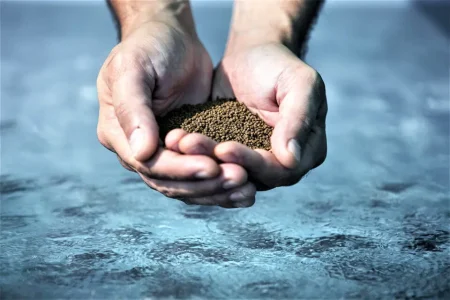From an aquaculture perspective, diet specifications are based on what animals need, their requirements. However, the formulation process is based on meeting those specifications through an understanding of the ingredients, while minimizing any risks to using them, said Johan Schrama from Wageningen University & Research during the recent IFFO’s InFocus Workshop on Precision Nutrition for Aquaculture.
Ultimately, cost is the determining factor. Fundamentally, animals require nutrients and energy, not ingredients, but critically it is ingredients that supply those nutrients and energy.
“The use of nutritional models has been instrumental in consolidating our understanding of those nutritional requirements. While all animals have a need for about 40 dietary nutrients as part of a balanced diet, their requirements for those nutrients are constantly changing,” Mr Schrama explained.
“Consumed macronutrients (protein, fat, carbohydrate, minerals) underpin growth and reproduction. Protein and carbohydrates can be used as an energy source and if given in excess can be stored as fat.”
He continued, energy is needed for ATP (adenosine triphosphate) production. ATP is the main energy currency of the cell, and its synthesis requires an input of energy, typically from the breakdown of nutrients.
“The net energy concept in aquaculture has led to the realization of the actual energy available from different nutrients (protein, fat, starch) within various ingredients,” he said.
“Importantly, it has been noted that this is not consistent across some species. Some species like tilapia seem to use starch well, whereas others like snakehead not-so-much. In snakehead diet, for instance, wheat doesn’t contribute to the net energy system, as the fish appears unable to effectively use the energy from starch.”
